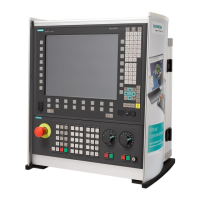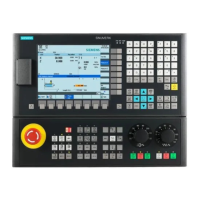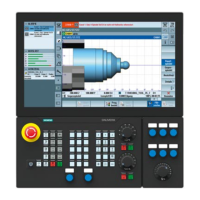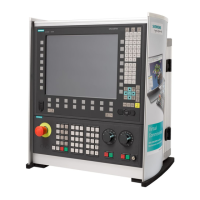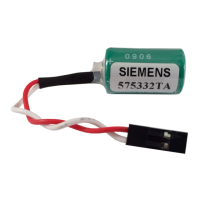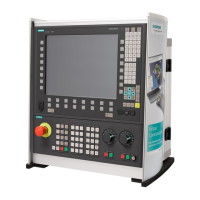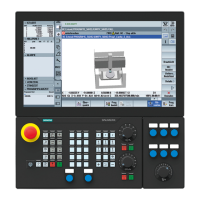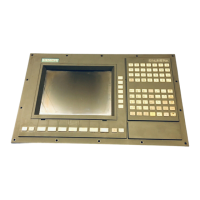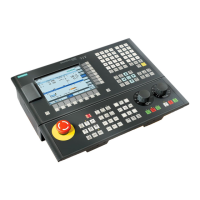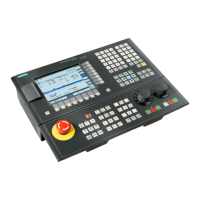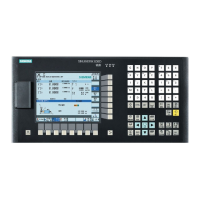Fundamental Geometrical Principles
1.1 Description of workpiece points
Fundamentals
Programming Manual, 10.2004 Edition, 6FC5 298-7AB00-0BP1
1-5
1.1.3 Polar coordinates
The method used to date to specify points in the coordinate system is known as the
"Cartesian coordinate" method.
However, there is another way to specify coordinates, i.e., as so-called "polar coordinates".
The polar coordinate method is useful only if a workpiece or part of a workpiece has radius
and angle measurements. The point, on which the measurements are based, is called the
"pole".
Example of polar data
The points P1 and P2 can then be described, with reference to the pole, as follows:
;
<
3
3
¡
¡
3ROH
P1 corresponds to radius =100 plus angle =30°
P2 corresponds to radius =60 plus angle =75°
1.1.4 Absolute dimensions
With absolute dimensions, all the positional data refer to the currently valid zero point.
Applied to tool movement this means:
the position, to which the tool is to travel.
Example of milling
The positional parameters for points P1 to P3 in absolute dimensions referring to the zero
point are the following:

